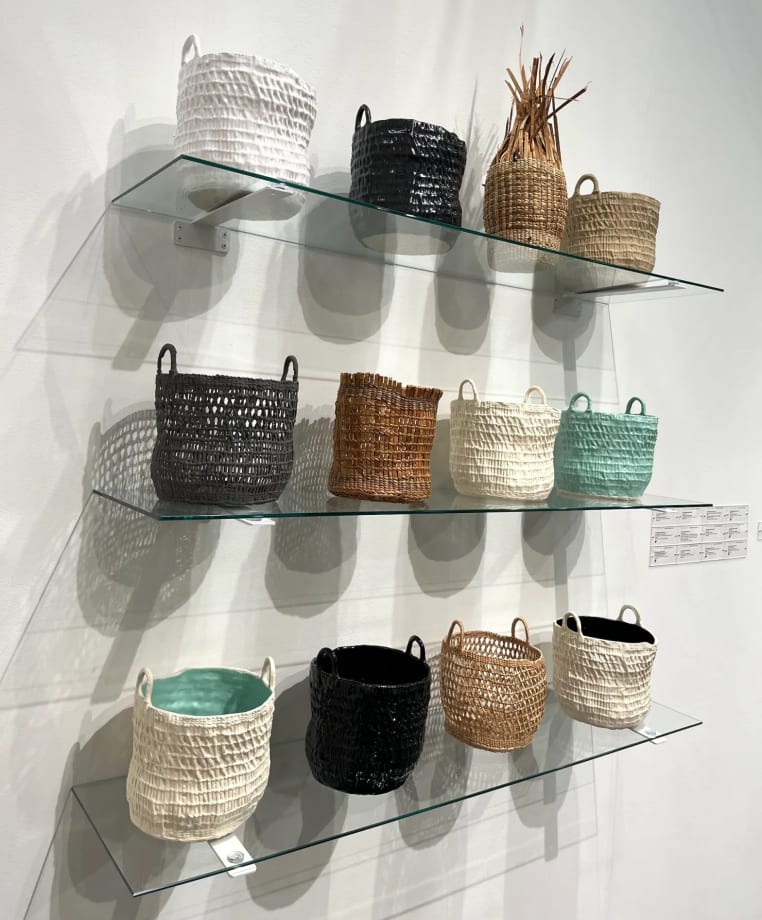For much of the day on Thursday, September 5, a wave of pleasant anticipatory energy resembling the first day of school rippled throughout New York City’s largest art fair, the Armory Show. Well-heeled collectors, art advisors, and other tastefully bejeweled VIPs returning from their summer sojourns streamed into the Javits Center looking for something to fall in love with (or at least appreciate in value better than Bitcoin).
Gallery staff stuffed inside their Midtown convention center cubicles had reasons to be anxious. The top end of the art market has gone through an unexpected downturn as some collectors have been scared off by rising prices. Christie’s auction house reported lower sales compared with 2022 and prices for works by some younger artists plummeted when they went under the hammer this year. That uncertainty has rattled some attendees, but it hasn’t put a damper on sales among galleries whose buyers haven’t been reselling or putting works up at auction in recent months.
In a joint presentation by Elizabeth Leach Gallery and Cristin Tierney Gallery, Native artist Sara Siestreem learned the craft of basket weaving that her Oregon-based Hanis Coos tribe once practiced, creating several pieces using spruce root, red cedar bark, and sedge. The handwoven baskets can only be sold to institutions for educational purposes and not on the open market, so Siestreem 3D printed copies and made cast ceramic sculptures. All three varieties were exhibited at the fair, as well as several abstract panels of her work.
“Weavers in her tribal community died off and she revived the tradition by creating a self-sustaining tribal program,” said Daniel Peabody, director of Elizabeth Leach Gallery. “Now there are 100 weavers in her tribe whereas there were none 10 years ago.” Now, there’s an aspect of the art market that’s looking a little rosier.

